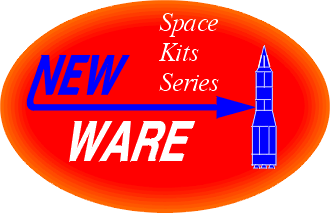 NW055 1/144 N-1 Japan launch vehicle
NW055 1/144 N-1 Japan launch vehicle NW055 1/144 N-1 Japan launch vehicle
NW055 1/144 N-1 Japan launch vehicle


The Thor missile program was initiated in December 1954, when
USAF headquarters issued requirement for a tactical missile
intended to travel a distance of between 1 150 and 2 300 miles.
Thor was undertaken as a high-risk program having the goal of
achieving flight within the shortest possible time. The Thor had
its first complete launch pad test in January 1957 and a
full-range flight test in September 1957.
In 1959, the newly formed NASA asked Douglas to create a civilian
launch vehicle based on Thor Able. The new rocket was presenting
the fourth configuration for the Thor, so it was named Delta -
the military code for the fourth letter of the alphabet. The
Delta M (introduced in 1968) represented siginificant leap in
Delta evolution. With its Long Tank Thor first stage it hardly
resembled the original Thor. The long, untapered tanks
siginificantly increased propellant capacity.
NASDA developed its first N-1 launch vehicles 1 (N for Nippon)
from the first stage of the Thor Delta M rocket built by
Mitsubishi under license from McDonnell-Douglas. The second stage
was made in Japan with an American engine and also used liquid
propellants. The launch vehicle was completed by a third stage
using solid propellant and 3 strap-on boosters, also based on
American technology. It succesfully launched 7 satellites between
1975 and 1982.
This N-1 LV launched satellite Koku-1 on September 9th, 1975.